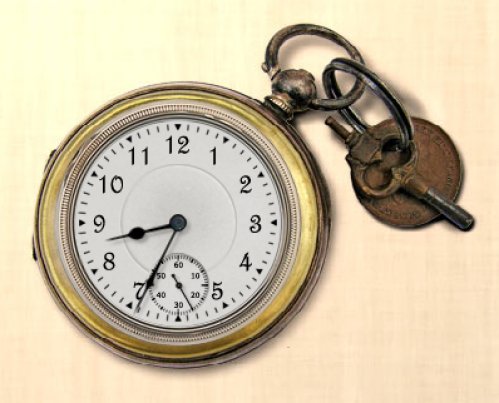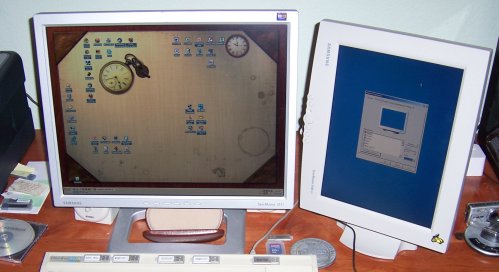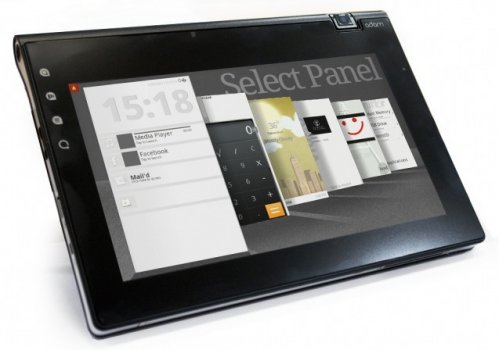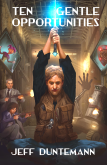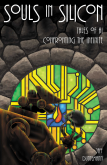Sometime back I ran into a concept called Fedora Spins, which are customized Fedora installs with different desktops (KDE, LXDE, XFCE) or a slant in some direction like security, graphics, or games. I downloaded the KDE Spin ISO earlier today, burned it to CD, and this evening (having burned out on ebooks) took it for a…ride. I had 300 GB of free space on my Linux box, so there was no reason not to, and I’d like to get a little better at the KDE Plasma desktop.
Some reactions:
- The Fedora partitioner is very good. I did a manual partition operation, and created a new 60 GB partition for Fedora, and a 12 GB swap partition. It helps to know a little bit about partitioners generally, but overall it was intuitive and gave me no trouble.
- For some reason, Fedora installs grub with grub’s hiddenmenu option enabled. (It’s conceivable that I accidentally chose that somehow, but I don’t recall being asked.) This means that at boot time, grub’s menu isn’t displayed, and the system boots directly into Fedora. (The system already has Ubuntu Lucid and Windows XP on it.) You can get the boot menu by pressing F10 during grub’s timeout period, but otherwise you aren’t presented with an OS menu at all.
- Fedora recognized the existence of my XP partition, but didn’t know what it was. In grub’s menu, XP is therefore listed as “Other.” However, if you select it, grub boots it just fine.
- Fedora has a GUI bootloader configuration utility that allows selection of the timeout value and the default OS. However, the utility’s sole window does not have a Save or Apply button. You can make changes, but closing the utility throws them away. Wow. This is a bug, and not a brand-new one.
- Unlike Ubuntu, Fedora does not automatically add the initial user account to the sudoers list. So try to do anything rootish like editing grub’s config file gives you that inane message “jduntemann is not in the sudoers list. This incident will be reported.”
- Adding yourself to the sudoers list is seriously unintuive, but the best way is probably to use the visudo command, which opens a vi edit window with the sudoers list ready to change. Add USERNAME ALL=(ALL) ALL to the end of the file and save; it’s done. Details here.
- Fixing grub requires editing the grub.conf file and commenting out the hiddenmenu option. While I was there, I also changed the description of the XP partition from “Other” to “Windows XP.”
- A 2.8 GHz Dell SX280 does not have sufficient graphics chops to run Plasma’s desktop effects. I wanted to see just how slow they were, but within seconds of enabling desktop effects, Fedora disabled them again. I knew that the SX280 wouldn’t run them well from my online research (it’s one reason I’m getting a more powerful Linux box shortly) but I didn’t know the system would simply refuse to run the effects against my wishes. Interestingly, Ubuntu’s GNOME desktop effects subsystem works on the same machine.
Overall, getting to a usable configuration with Fedora is a lot more screwing around than with Ubuntu. But once done, it works well. More as I experience it.

